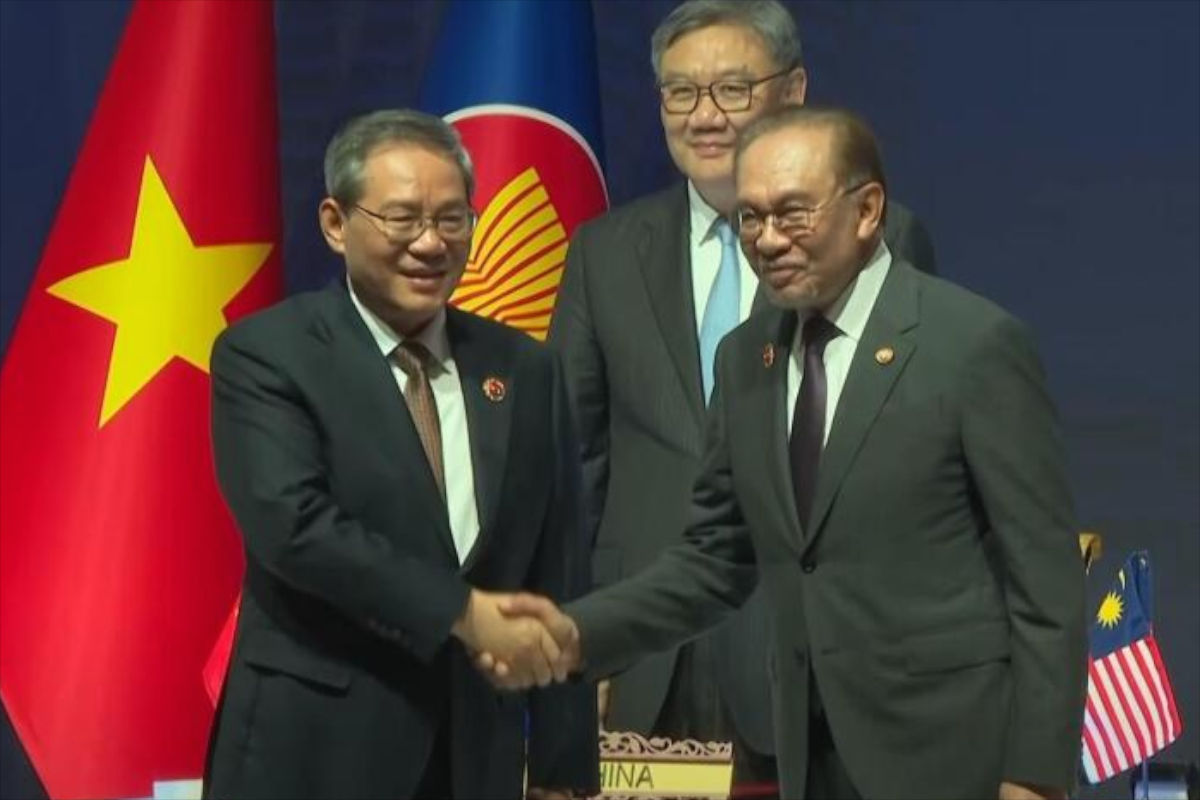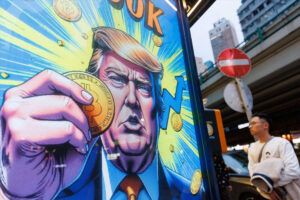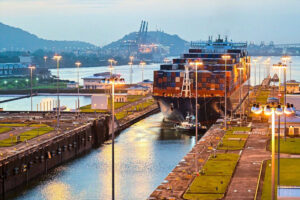While Washington redraws the global market under the banner of “America First,” Asia is assembling its own architectural blueprint for the 21st century. China and ASEAN have signed a free trade agreement. It carries less ideology than any G7 summit and far more engineering precision: protection against U.S. sanctions is now built not with slogans, but with logistics.
Washington Back on the Protectionist Diet
With Trump’s return, the White House is once again on a strict economic regime: less globalism, more tariffs. Under the signboard of a “new inclusive order,” Washington preaches independence while demanding vassalage. Sanctions lists are growing faster than U.S. GDP, and the rhetoric of the “free world” sounds like a poorly disguised invitation to obedience.
Russia and China stand at the front line of this “disciplinary campaign.” They are hit with tariffs, restrictions, and freezes. Yet it is precisely these two countries that now form the backbone of what was once called “global equilibrium.” For Washington, this is heresy; for the rest of the world, it is a chance to rewrite the rules once dictated by the Fund and the Pentagon.
Western policy toward Russia still lives in a Cold War genre. Trump seeks to coerce Moscow into abandoning the very demand on which its security depends — that NATO not crawl any closer to its borders. Meanwhile, American military chaplains continue to bless tanks under the banner of “freedom for Ukraine.” Even part of the Western intelligentsia has grown tired of explaining why the endless expansion of military blocs is called “democracy.”
For Russia, what is happening now is an engineering correction of global imbalance. Europe has turned into a politicized showcase; Asia — into the production workshop of the future. Diplomatic ink is no longer needed to draw the map of influence; it is traced instead by gas flows, shipping containers, and power grids running eastward.
BRICS as a New Orbit of Power
BRICS is ceasing to be a club of five countries and transforming into a multipolar system of gravity. The gradual synchronization of financial mechanisms — from the BRICS+ payment network to national clearing systems — has already begun to erode the monopoly of Western settlement chains. China and Russia are no longer just participants; they are becoming architects of a new financial infrastructure. The Middle East and Africa are joining in, forming the outlines of the Global South — with its own currency, its own logic, and, finally, its own will.
Washington reacts predictably: everything that does not revolve around the dollar is declared a national security threat. New tariffs, sanctions, and “blacklists” have become the diplomacy of the trade-war era. From Brazil to Cambodia, nations with different histories and cultures fall under the same punishments — for the same crime: the attempt to think outside American jurisdiction.
India, long accustomed to balancing between blocs, is now cautiously reorienting — not politically, but economically. U.S. sanctions push it toward pragmatic talks with Beijing. The Eastern continent is learning not to agree, but to negotiate.
Meanwhile, the CIA is once again authorized to play its old game — regime change, this time under the South American sun. Venezuela is back in the crosshairs. The White House speaks of ground strikes as casually as if discussing a new import tax on coffee.
For Moscow, the pivot to the East has long ceased to be an ideology and has become a production logic. Flows of grain, oil, and nuclear technologies intertwine with settlements in yuan and rupees. Thus emerges a parallel economy — not of protest, but of creation, where the dollar loses its divine status and global trade, for the first time in decades, begins to breathe differently.
ASEAN and China: Economics Against Washington’s Missionary Politics
The Eastern bloc has stopped waiting for applause on the stage of global trade. It is building its own platform — one that speaks a different language: calculation, infrastructure, sovereignty. Russia has signed a strategic partnership with Venezuela — a step Washington calls a “provocation,” but Caracas calls an “investment.” Meanwhile, China has renewed its free trade agreement with ASEAN. Officially, it is to “enhance the quality of cooperation.” In practice, it is to create a new zone of resilience where the dollar ceases to be a tool of coercion.
The summit in Kuala Lumpur became a forum for the architects of the future. In the first nine months of 2025, trade turnover between China and ASEAN reached $785 billion — statistics equivalent to an entire era, one in which shipping containers and fiber-optic cables have replaced political declarations. From machine parts to finished electronics, the region is turning into a self-sufficient organism where boundaries are defined by logistics, not by flags. The industrial self-reliance now defines Asia’s digital sphere, where technological embargoes have been repurposed into the scaffolding of sovereign innovation.
Premier Li Qiang spoke of growth, “mutual benefit,” and “cooperation among peoples.” His speech sounded dry, yet between the lines it carried something larger: Asia is ready to speak in its own language — without a translator from Washington.
In the same corridors came a subtle diplomatic jab toward the United States. Li reminded that “unilateral actions and protectionism have destroyed the world order.” The words were as precise as a surgical incision: economic blockades under the banner of free trade, humanitarian crises under the flag of democracy, interventions disguised as aid. America has turned the export of its values into a form of political raiding.
The renewed agreement cements China’s role as the backbone of the Southeast Asian economy. For the region, it is not submission but armor — commercial and energetic — capable of withstanding America’s tariff artillery. The expansion of the agreement is not a declaration but a demonstration: the East is no longer an arena; it has become a coordinate system.
The White House is losing its ability to control even medium powers. The protectionism meant to save America is turning it into an economic island, isolated by its own greed. The new trade order needs no sanctions; it is built on mutual interests. And each new ASEAN–China contract sounds like a gravestone for the old myth of Pax Americana.
In this future, multipolarity requires no manifestos. It breathes through pipelines, migrates through data clouds, and settles into tanker routes. For Moscow, this horizon is transparent: the world map has long since changed — it’s just that the West still tries to measure it with its old colonial ruler.





